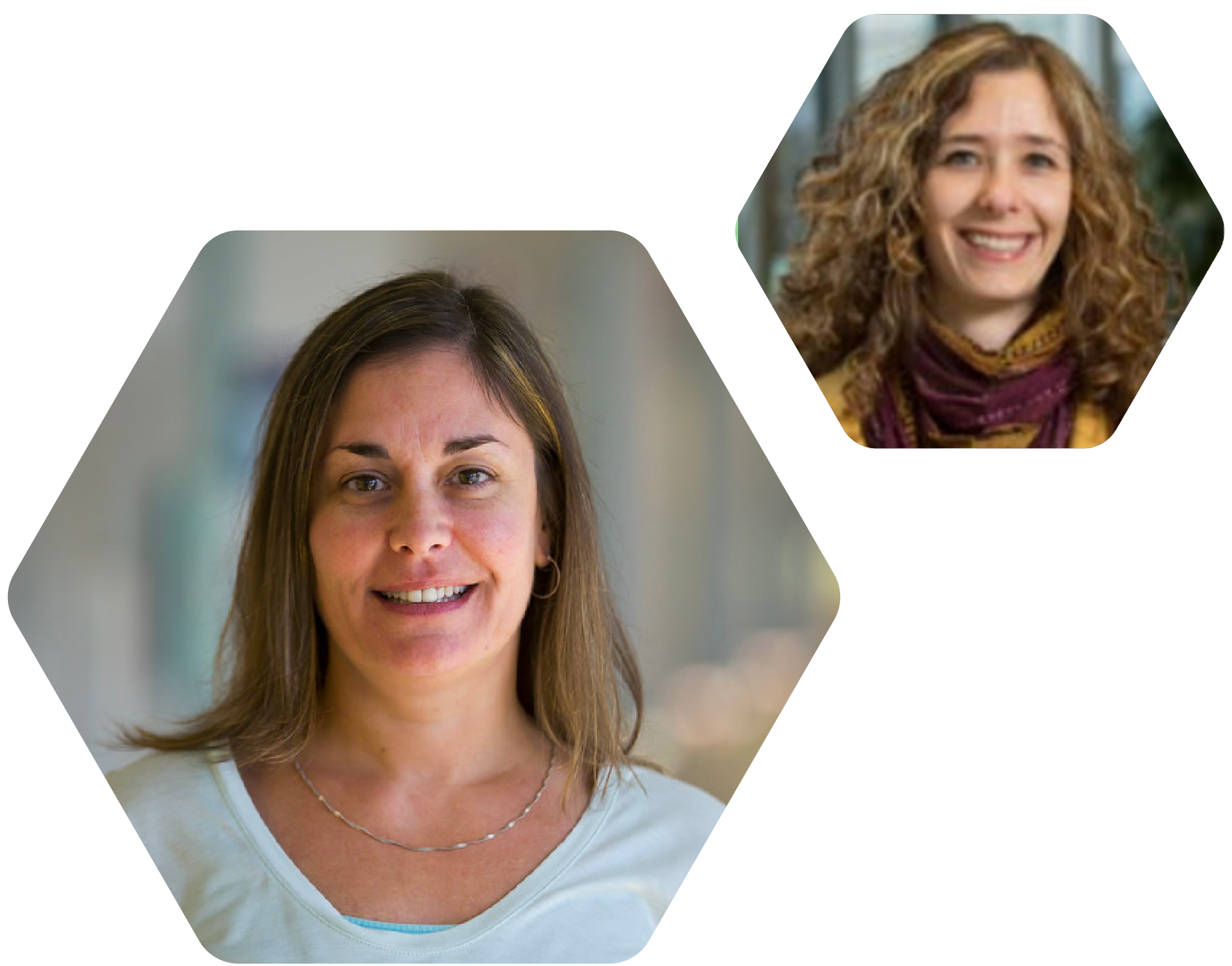
Meet the
Faculty & Staff
Engineering Faculty
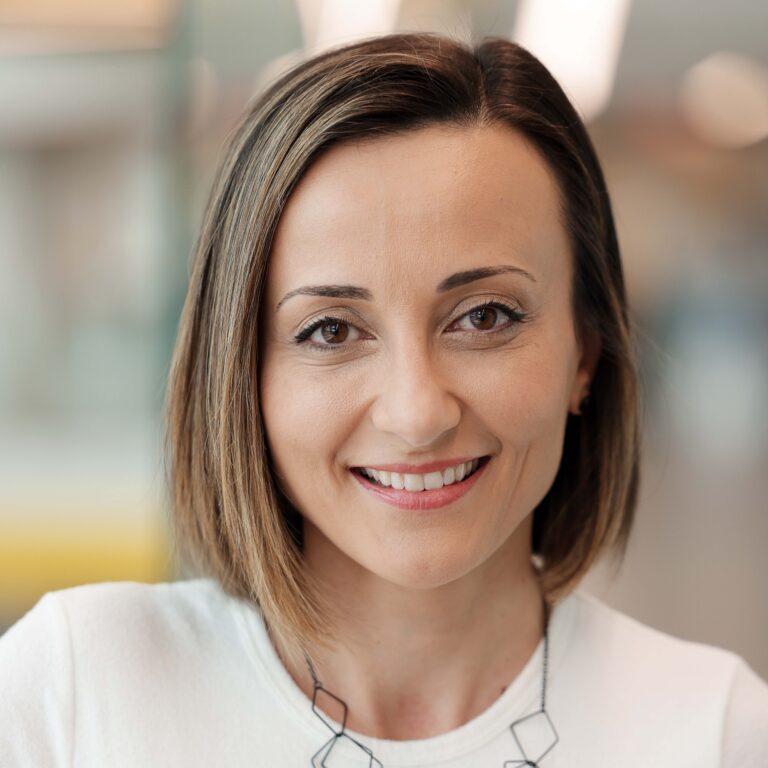
Saadet Albayrak-Guralp
Lecturer II
Chemical Engineering (ChE)
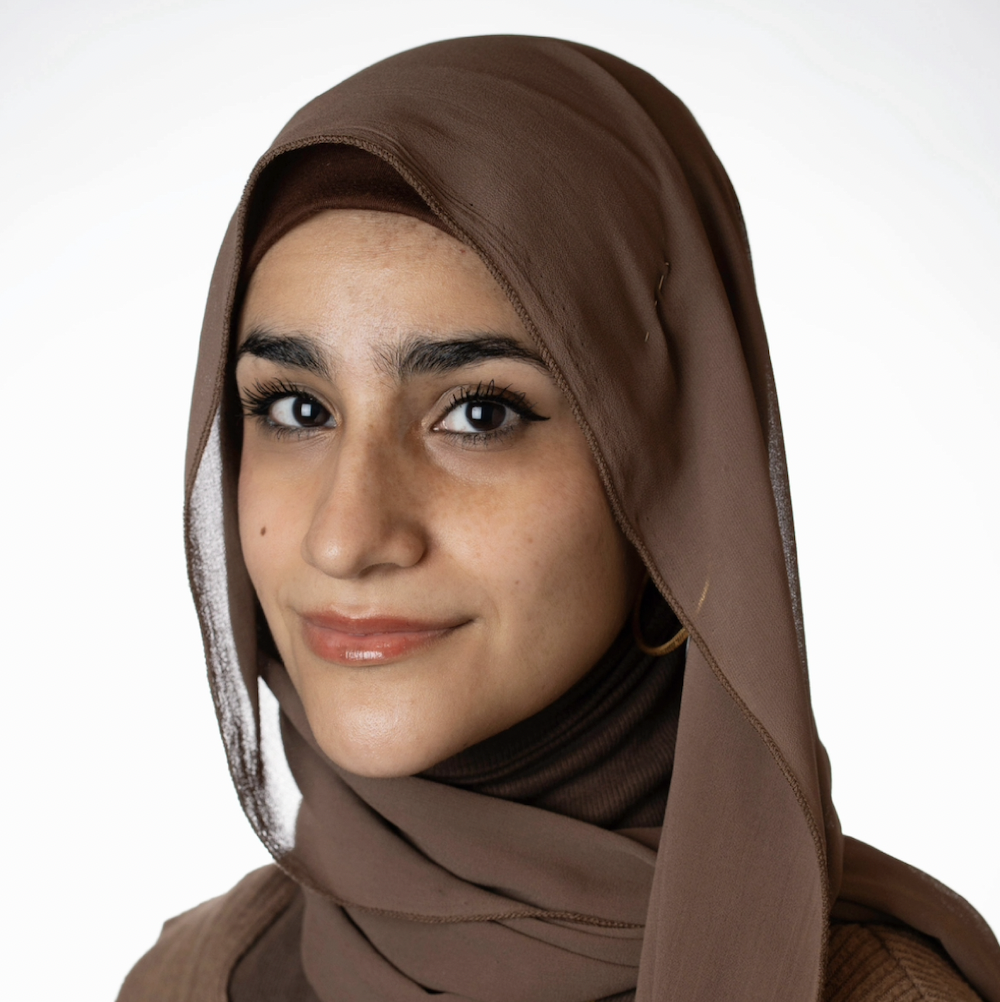
Fatima Albrehi
Lecturer I
Technical Communication (TechComm)

Ken Alfano
Teaching Professor
Technical Communication (TechComm) and College of Engineering Undergraduate Education (ADUE)
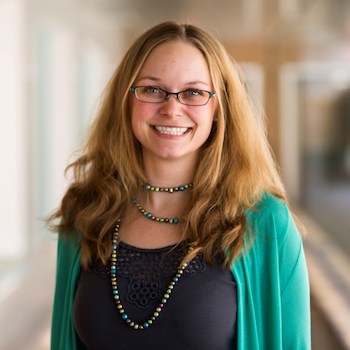
Laura Alford
Lecturer IV
Naval Architecture and Marine Engineering (NAME)
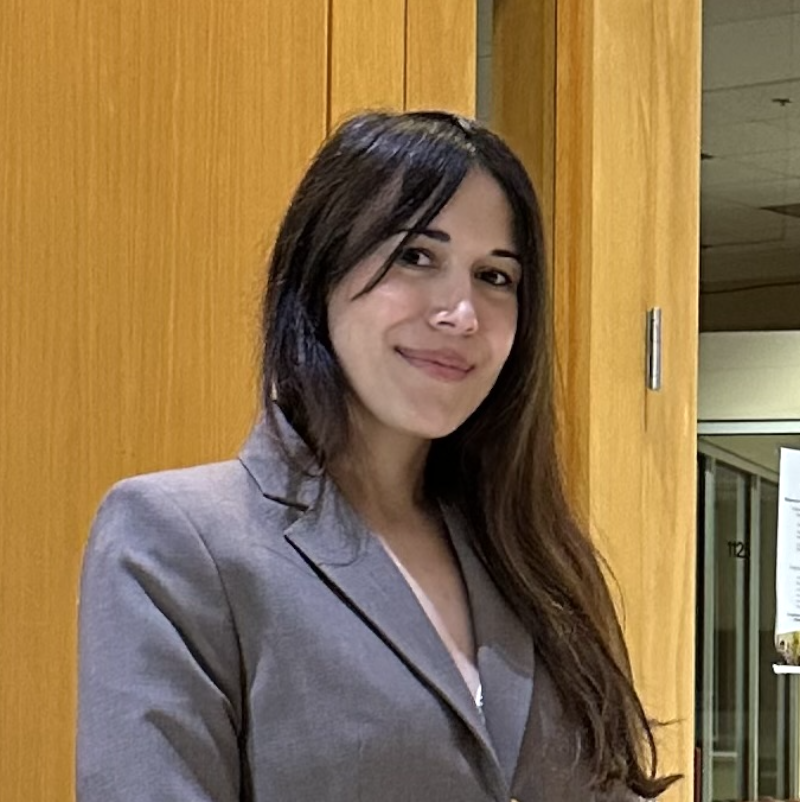
Ella Alhudithi
Lecturer I
Technical Communication (TechComm)

Kelly Bowker
Lecturer III
Technical Communication (TechComm)

Sarah Burcon
Lecturer III
Technical Communication (TechComm)

Nathan Byrne
Lecturer I
Art & Design (STAMPS)

Christian Casper
Teaching Professor
Technical Communication (TechComm)
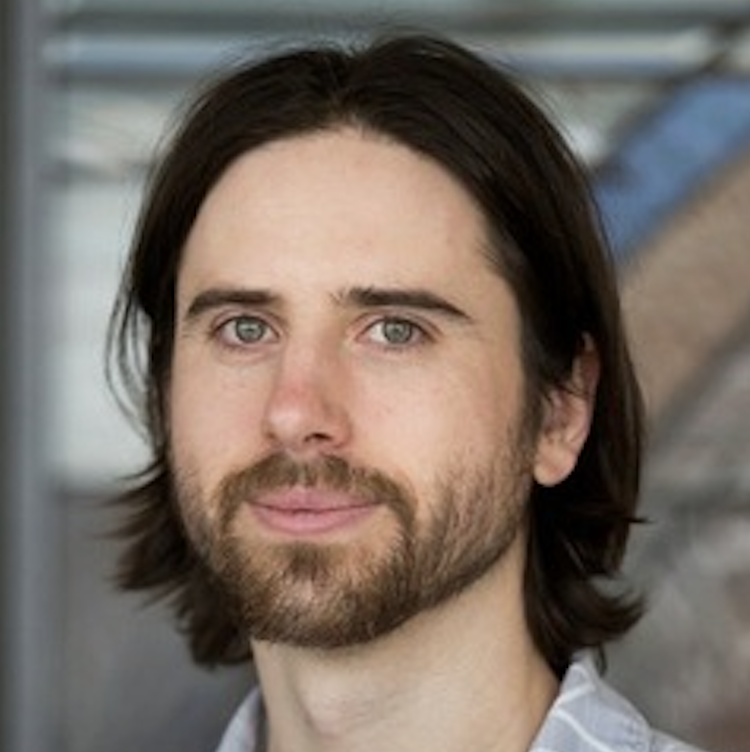
Tim Chambers
Lecturer III
Materials Science & Engineering (MSE)
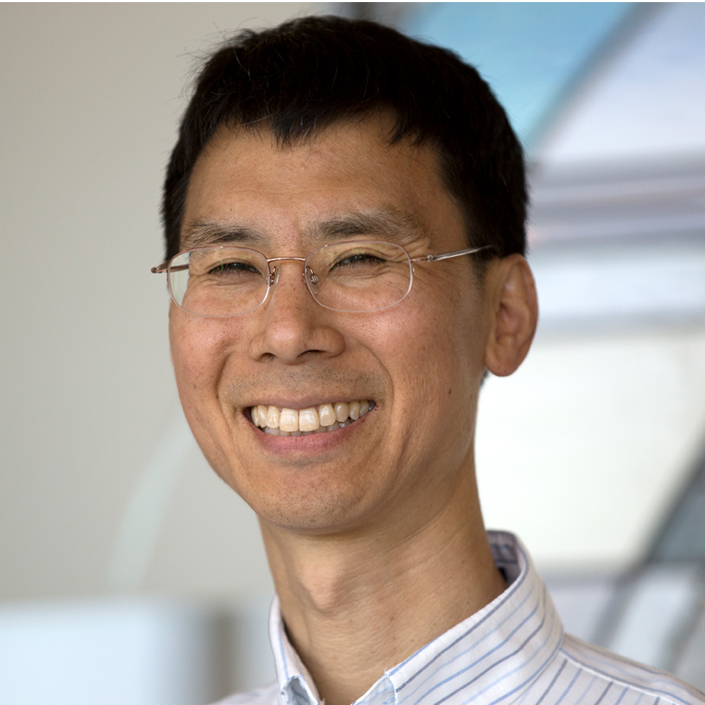
Peter Chen
Professor
Electrical Engineering & Computer Science (EECS)

Amy Cohn
Professor
Industrial and Operations Engineering (IOE)
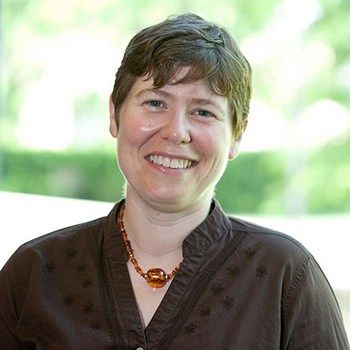
Aline Cotel
Associate Professor
Civil and Environmental Engineering (CEE)

William De Herder
Lecturer III
Technical Communication (TechComm)

Roger De Roo
Lecturer IV
Climate and Space Sciences and Engineering (CLaSP)

Philip Derbesy
Lecturer III
Technical Communication (TechComm)
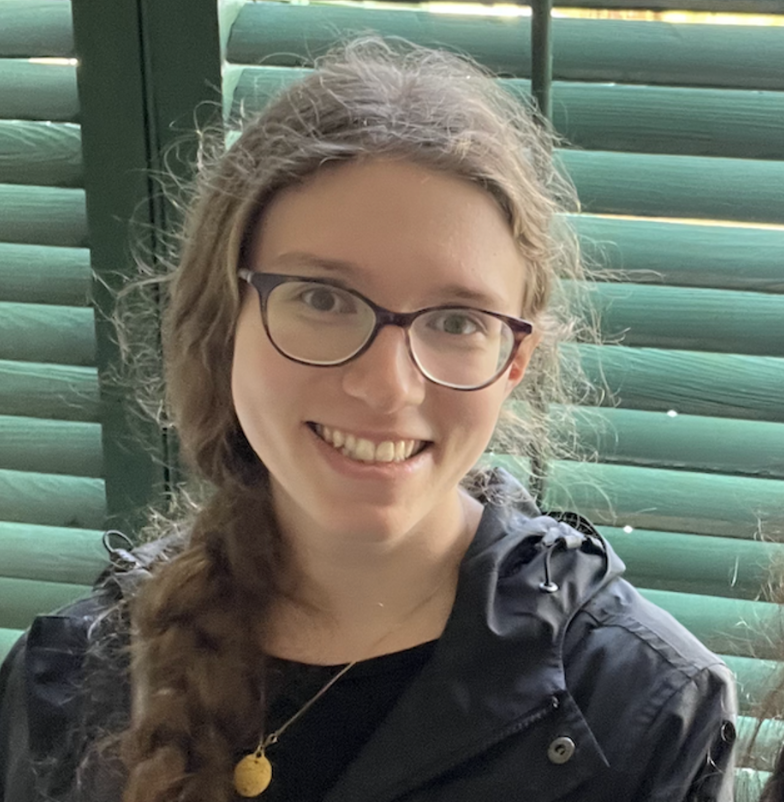
Hannah Feustle
Lecturer I
Technical Communication (TechComm)

Robin Fowler
Teaching Professor
Technical Communication (TechComm)

David Garmire
Lecturer
Electrical and Computer Engineering (ECE)

Liz Getsoian
Lecturer III
Technical Communication (TechComm)

Xiwen Gong
Assistant Professor
Chemical Engineering (ChE)

David Greenspan
Lecturer I
Technical Communication (TechComm)
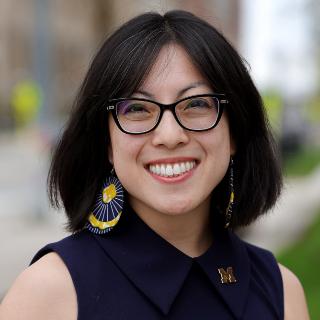
Grace Hsia Haberl
Lecturer II
Center for Entrepreneurship (CFE)
College of Engineering (ENGR)
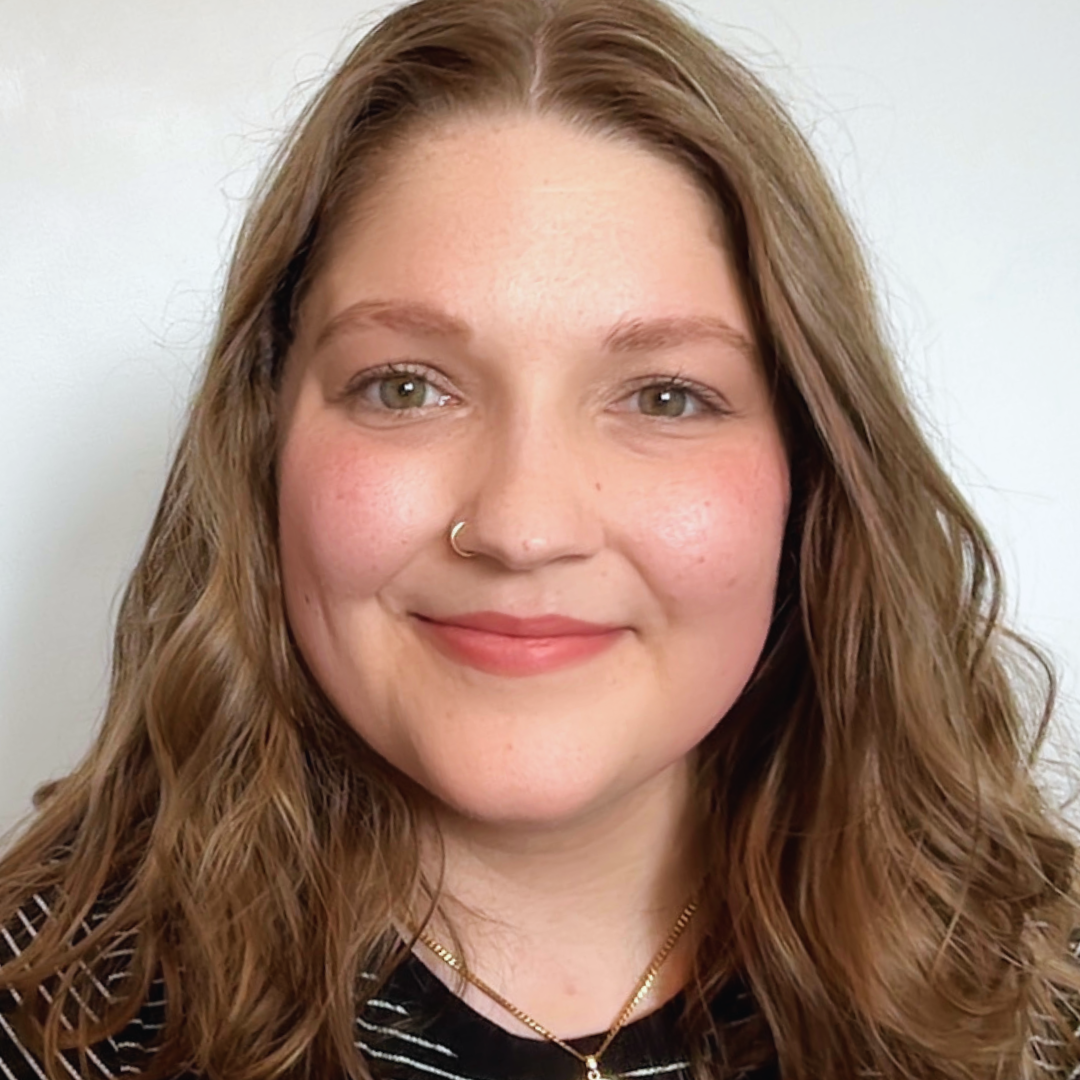
Colleen Hart
Lecturer III
Technical Communication (TechComm)

Lee Hibbard
Lecturer III
Technical Communication (TechComm)
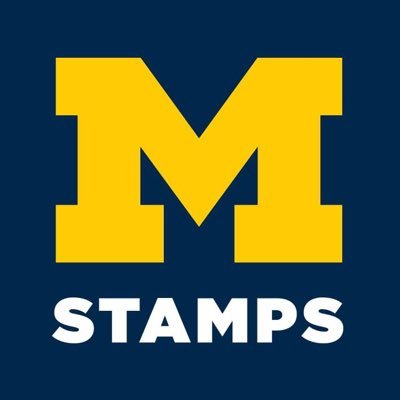
Allie Hirsch
Lecturer I
Art & Design (STAMPS)

Alan Hogg
Lecturer IV
Technical Communication (TechComm)
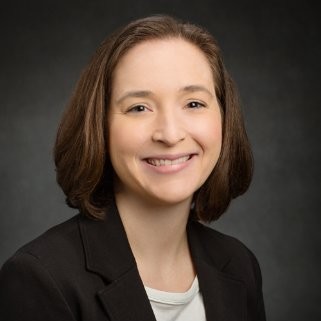
Karin Jensen
Assistant Professor
Biomedical Engineering (BME)

Samuel Jensen
Lecturer III
Technical Communication (TechComm)

Nabilah Khachab
Lecturer I
Technical Communication (TechComm)
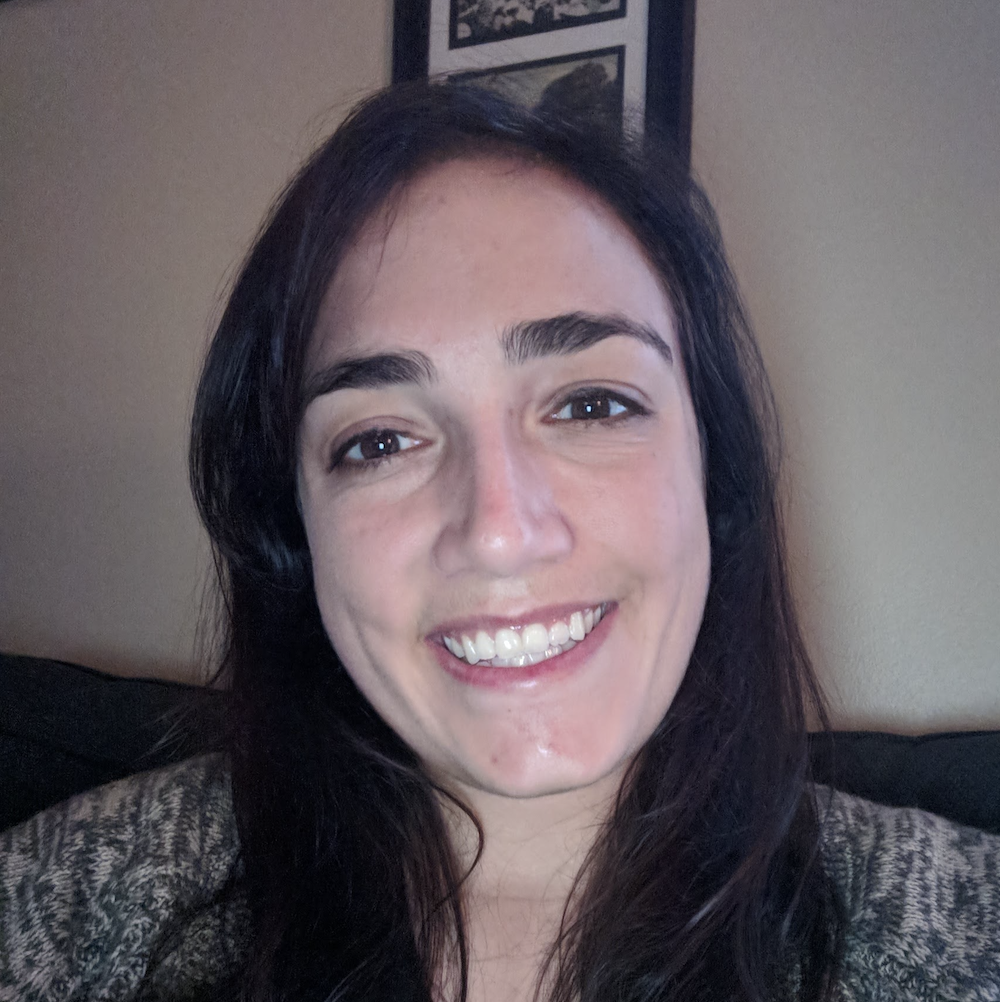
Mariel Krupansky
Lecturer I
Technical Communication (TechComm)
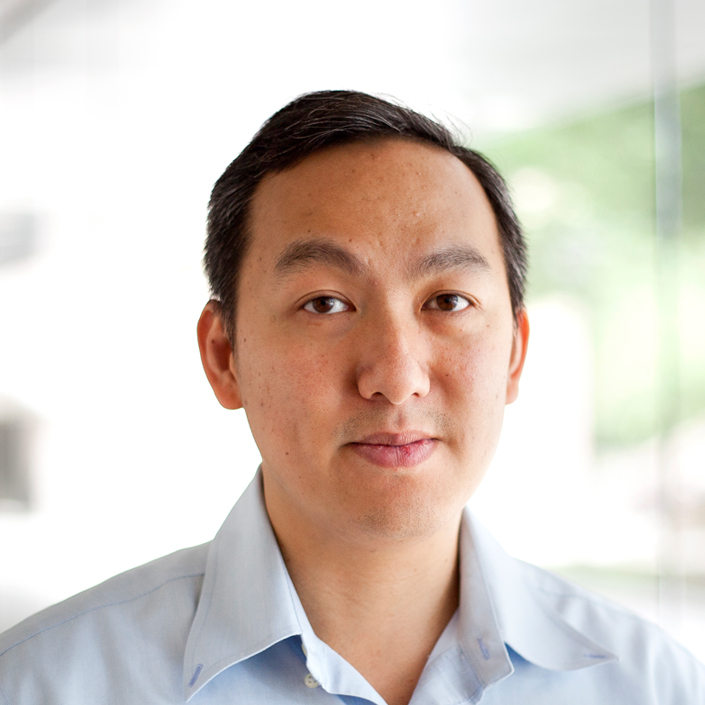
Pei-Cheng Ku
Professor
Electrical & Computer Engineering (ECE)
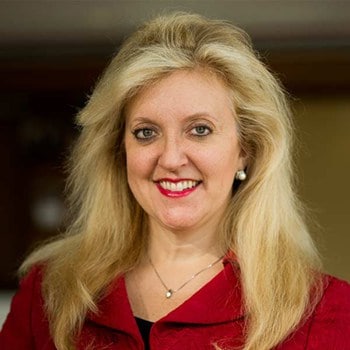
Debra Levantrosser
Lecturer IV
Industrial & Operations Engineering (IOE)

Kim Lewis
Lecturer III
Technical Communication (TechComm)
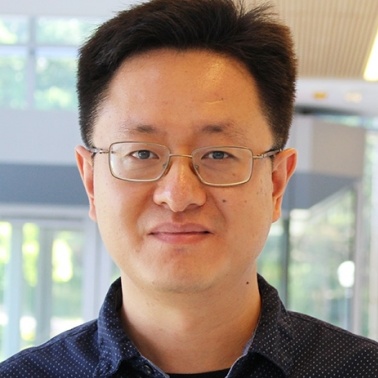
Xiaogan Liang
Associate Professor
Mechanical Engineering (ME)
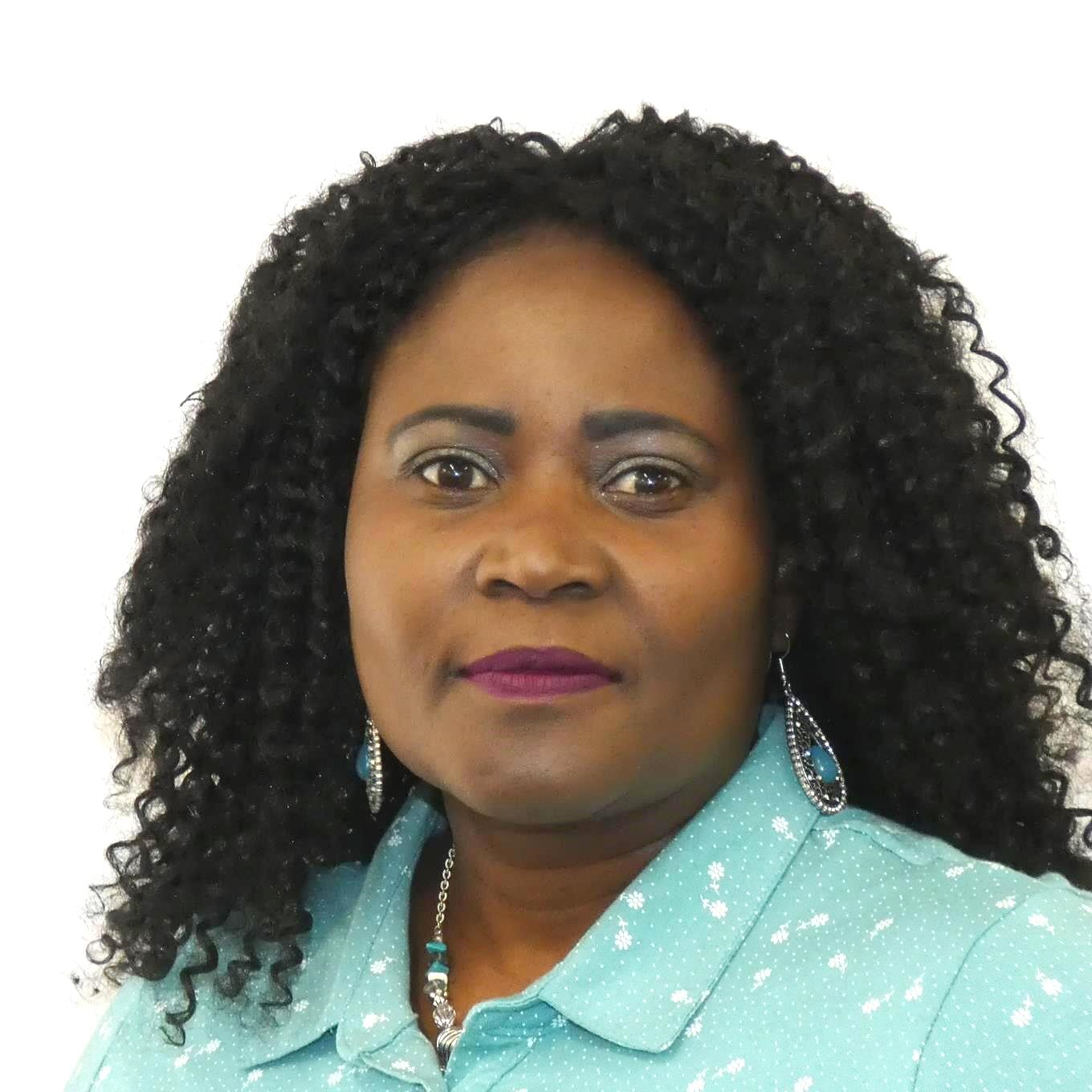
Annah Machas
Lecturer III
Technical Communication (TechComm)

Kelsey McLendon
Lecturer III
Technical Communication (TechComm)

Talia Moore
Assistant Professor
Mechanical Engineering (ME), Robotics (ROB)

Dan Moyer
Lecturer III
Technical Communication (TechComm)

Raj Nadakuditi
Associate Professor
Electrical & Computer Engineering (ECE)

Ted Norris
Professor
Electrical Engineering and Computer Science (EECS)

Evan Radeen
Lecturer I
Technical Communication (TechComm)

Aaron Ridley
Professor
Climate & Space Sciences & Engineering (CLaSP)
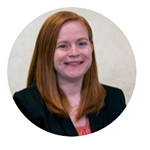
Becky Roberson
Lecturer III
Technical Communication (TechComm)

Chris Ruf
Professor
Climate & Space Sciences & Engineering (CLaSP)

Albert Shih
Professor
Mechanical Engineering (ME)

Katie Snyder
Lecturer III
Technical Communication (TechComm)
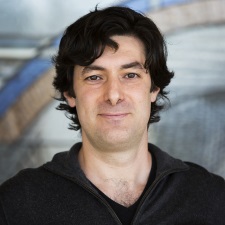
Max Shtein
Professor
Materials Science & Engineering (MSE)

Robert Sulewski
Teaching Professor
Technical Communication (TechComm)

Clay Walker
Lecturer III
Technical Communication (TechComm)
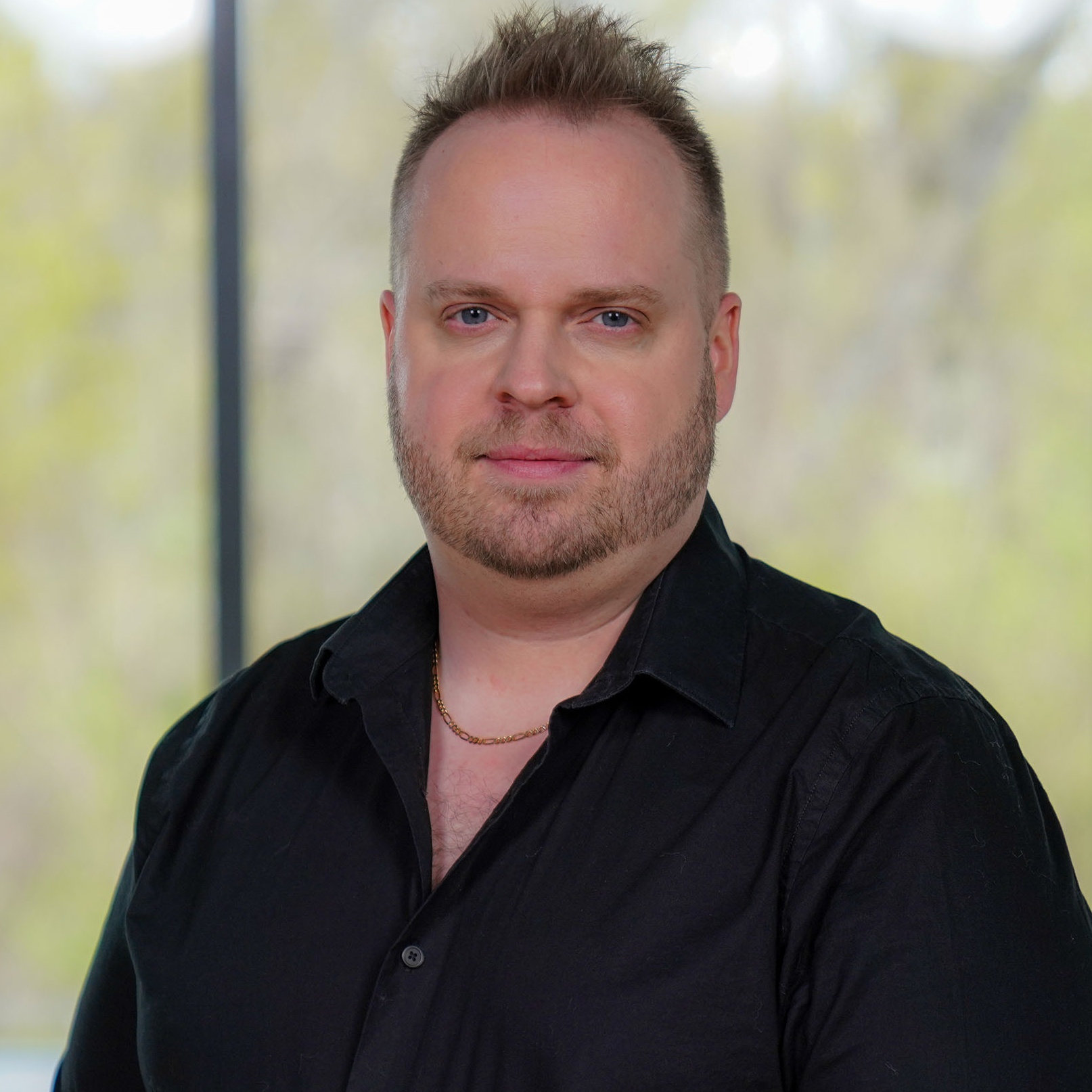
Matthew Thompson
Assistant Professor
Music (SMTD)

Aditi Verma
Assistant Professor
Nuclear Engineering & Radiological Sciences (NERS)
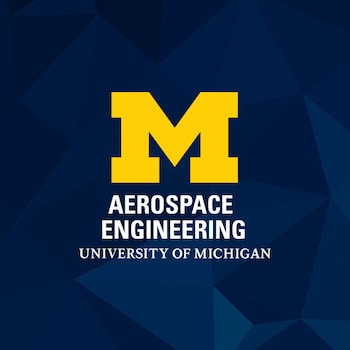
Peter Washabaugh
Associate Professor
Aerospace Engineering (AERO)
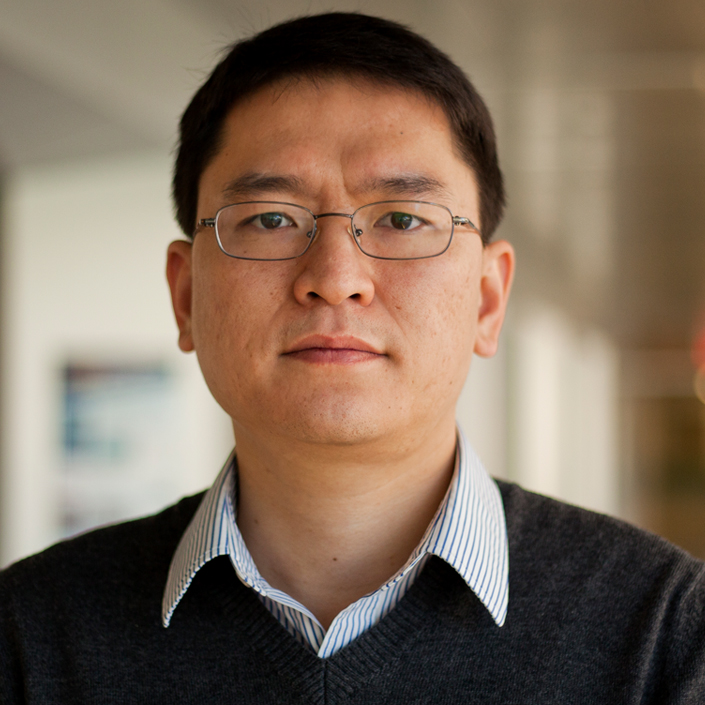
Zhaohui Zhong
Associate Professor
Electrical Engineering & Computer Science (EECS)
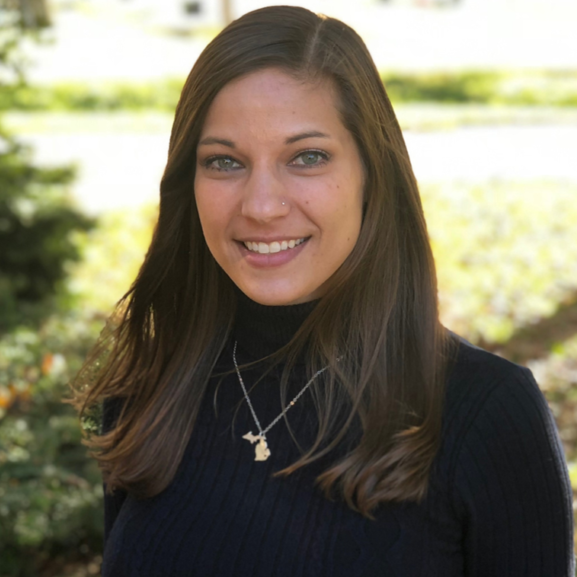
Melissa Wrobel
Lecturer III
Biomedical Engineering (BME)

Derrick Yeo
Lecturer III
Robotics (ROB)
ENGR 100 Course Administration Team

Rachael Schmedlen
Director of Academic Programs
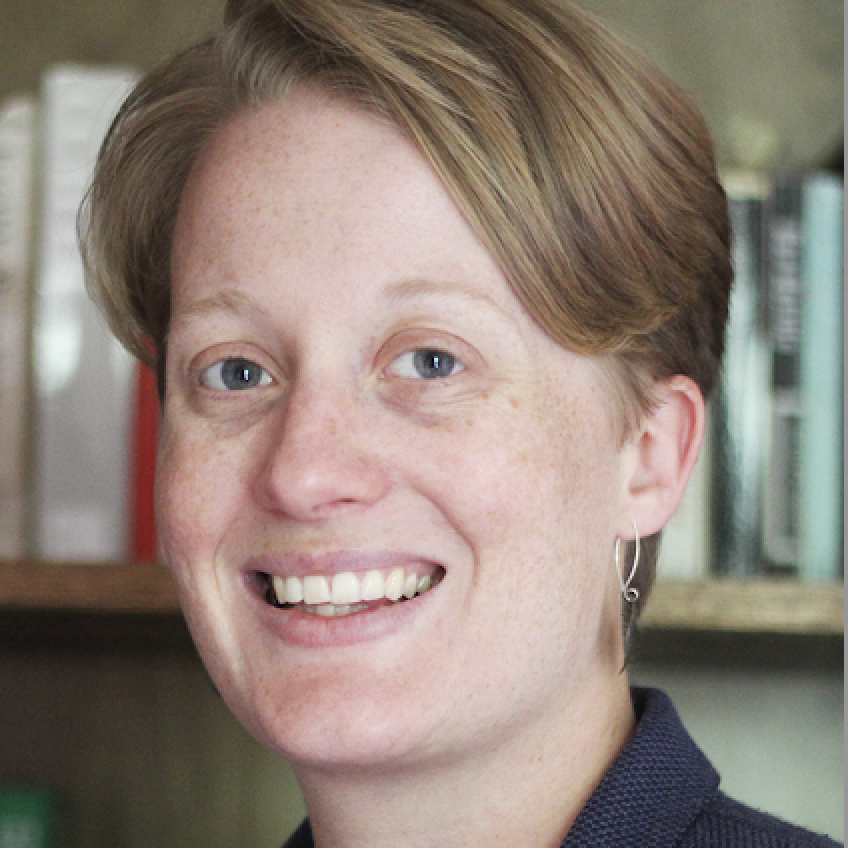
Kelly Hanson
Director and Lecturer III, Technical Communication (TechComm)

Krista Quinn
First-Year Program Assistant Director

Ryan Latimer
First-Year Program Manager
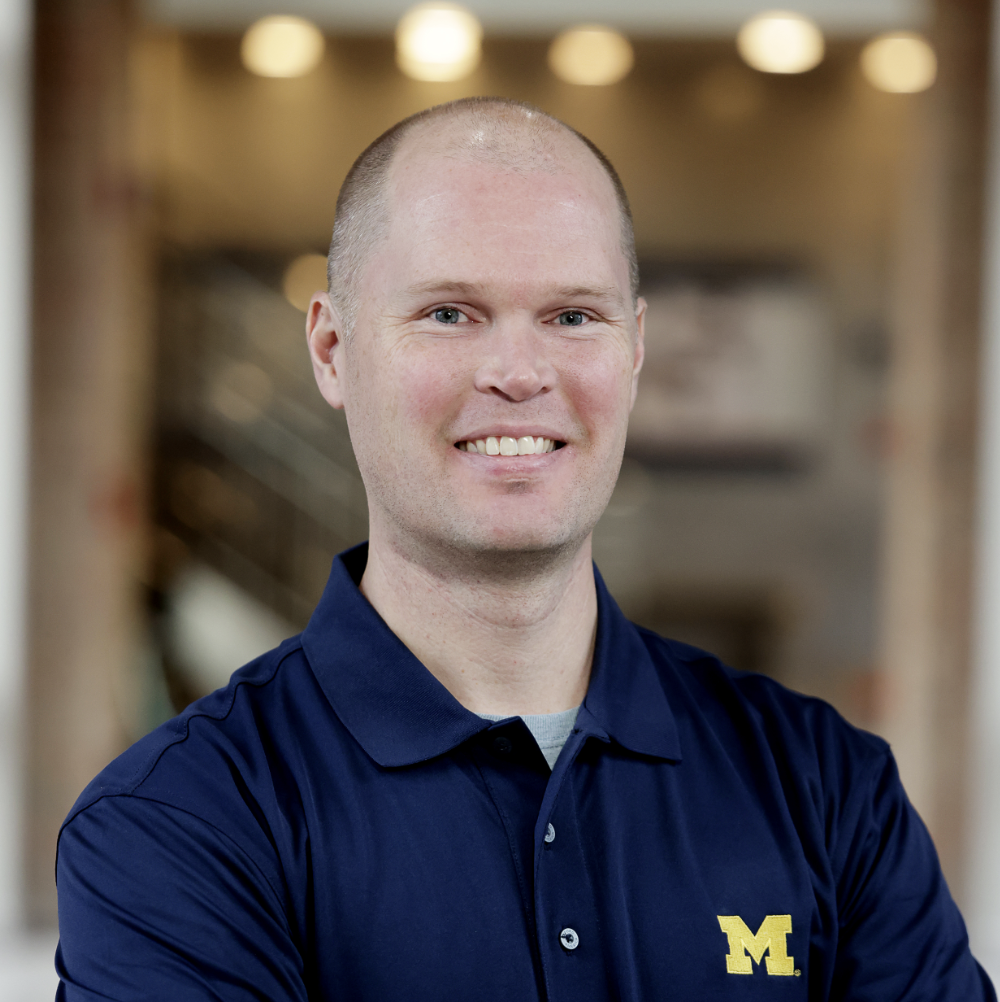
Justin Roelofs
Laboratory/Classroom Services Supervisor
